MARKETING
Employee-Generated Content: Tips To Inspire Interest
There never seems to be enough resources to execute all your killer content marketing ideas, does there?
No matter how large and prolific your team of creators, how efficient your creative processes are, or how ample your outsourcing budget is, too many great content ideas are left on the drawing board. Meanwhile, you’ve got an increasing number of gaps to fill with engaging stories across multiple platforms.
Fortunately, a solution is sitting practically under your nose: Enlist the assistance of fellow employees – including internal subject matter experts (SMEs) and colleagues in sales, customer support, and other functional departments.
Have content gaps to fill? Enlist the assistance of employees outside the #ContentMarketing team, says @joderama via @CMIContent. Click To Tweet
Read on for tips on how to activate their interest, overcome common objections, and reap the rewards of having a wellspring of employee-generated content (EGC) at your disposal.
Tip 1: Provide process clarity and examples of success
Enlisting colleagues outside of marketing to help with content creation can be a big ask, if not a downright imposition. To make the request more palatable, set clear expectations and establish a framework for their participation. Use your process to solicit content from external industry experts or social community members to inform the EGC process.
Knowing in advance exactly what they’ll be asked to do and the time it will take can help reassure them they aren’t committing to something they don’t have the bandwidth to fulfill.
As part of their employee-centric LinkedIn evangelist program, B2B podcast company Sweet Fish created an internal document outlining requirements for participating, detailing what the commitment involves, and informing them of the benefits to both brand and employee. Those who join the evangelist program receive personalized brand development and content training and information on LinkedIn best practices.
It’s also helpful to provide examples of EGC efforts that performed well, so new contributors can get a feel for the types of content, tone, and voice used in their efforts.
@SweetFishMedia created an internal document outlining the requirements to help employees participate in its @LinkedIn evangelist program, says @joderama via @CMIContent. Click To Tweet
In a LinkedIn post on how SaaS business Chili Piper activates its sales development reps (SDRs) as brand evangelists on social media, they point to a team member’s contribution. The SDR’s post generated strong engagement and inspired other employees to post similar content on their own profiles. (Special thanks to Emily Brady for sharing this example.)
HANDPICKED RELATED CONTENT:
Tip 2: Provide tools, support, and training
Employees might raise objectives, such as they don’t have strong writing skills or they aren’t creative. While experience crafting quality copy certainly helps, EGC doesn’t need to be polished and perfected – or even in written form – to be an effective marketing vehicle.
To help reluctant contributors upskill and gain confidence in their writing abilities, consider providing support through these approaches:
- Invite them to the creative’s table: Ask interested colleagues to attend your editorial planning meetings and creative brainstorms. They can get a feel for your processes and goals and get a chance to weigh in with their ideas. Being “in the room where it happens” can deepen their interest and investment in bringing new content to life.
- Use technology to sharpen their skills: Experienced content marketers aim for technical precision when crafting copy. But it’s unrealistic to expect EGC creators to memorize the AP Style Guide before contributing content. Reassure colleagues that their writing skills can be developed and enhanced with the help of headline generators, apps like Grammarly and Hemmingway, fact-checking tech like Nexis for Media and Meedan, and other writing support tools. They’re easy to use, and many of them are available for free.
- Point them to training opportunities: If your company offers a career development program, aspiring creators may have access to writing classes, creative workshops, photography and videography training, and other educational resources. That can include free access to LinkedIn Learning courses, Udemy classes, or even internal training tools. Document the opportunities and post them on your internal newsletter, intranet portal, or Slack channel. It is an excellent way to let colleagues know your team welcomes their content contributions and wants them to feel prepared for the task.
- Create tutorials and guides: If no formal employee education program exists, try the DIY route: Ask your content team to write, screen-capture, or film the process as they do their next blog post, newsletter article, expert interview, or social content. Seeing how it’s done teaches colleagues the best practices and guidelines. This content also can be repurposed into brand-relevant lessons, such as tip sheets, how-to demos, and other behind-the-scenes stories to share on customer-facing platforms.
The CMI editorial team is always refining the guest blogging guidelines to onboard new contributors – internal and external. We include successful posts as models and educate writers on the kinds of submissions we accept. We also curated some of our best writing tips and advice from existing articles to produce an e-book on the secrets of successful content creation. We shared it with other teams across our enterprise.

CMI shares writing tips to help less-experienced creators succeed.
Tip 3: Make content creation easy and organic to their experiences
If aspiring contributors still feel intimidated, you can develop more ways for them to contribute to the content marketing cause. For example, if employees already post brand-friendly content on their social streams, downgrade your ask to create content to a request to share content.
If employees aren’t ready to create original brand-friendly #Content, ask them to share the company’s content, says @joderama via @CMIContent. Click To Tweet
For example, Reebok used #fitasscompany on Instagram to provide a space for its employees to share photos from their personal workouts and other active hobbies.
Brands like Dunkin Donuts actively encourage employees to capture and post informal photos and videos of themselves during their workday using #DunkinCrewAmbassador. The company frequently reshares those posts on its official TikTok and Instagram profiles.
@clairerottman Popping bubbles coming soon @dunkin #dunkin #boba #dunkincrewambassador ♬ original sound – Claire Bear
Sephora makes it even easier for employees to play a role in creating the brand’s Instagram content: The company conducts employee profile interviews and shares snippets on its Sephoralife account, using #EmployeeSpotlight.
Not only do these approaches make it easy for non-writers to collaborate on content, but they tell a more personal and relatable brand story that tightly controlled and scripted content can’t.
Of course, it also takes less time on the interviewed employees’ part. This tip may not add more stories to your content calendar, but the subsequent amplification assistance from the employee can make a big impact on your brand’s reach, search rankings, and content performance.
Working with internal communication tools like EveryoneSocial, SocialWeaver, Bambu, and Hootsuite Amplify can help streamline the process. Use them to automatically distribute your freshly published assets to willing “content deputies” who can share those stories with a few clicks. Some such tools even provide scheduling capabilities, feedback surveys, and gamification features to make the experience more convenient and engaging for contributors.
Tip 4: Fuel their creative journey and provide an outlet to share personal passions
Employee-generated content doesn’t need to be about your company to further your content goals. Shifting the storytelling focus from brand to personal experiences of the workforce can result in relatable, empathetic, and engaging content.
One way to do this is to leverage team outings and events as a source of relevant, authentic brand stories. If your company hosts off-site retreats, allows colleagues to attend industry conferences, or organizes volunteer opportunities, consider splurging on a couple of disposable digital cameras or a photo booth or lending a few smartphones. These tools give employees everything they need to capture spontaneous moments of camaraderie and interactions throughout the day. They can livestream or post them on Instagram, Facebook, Twitter, or TikTok.
On a smaller scale, you can organize a happy hour or host a cross-team trivia contest (live or virtual) to give colleagues something fun to talk about. Or approach individual colleagues who have exciting roles, unusual hobbies, or have taken part in unique work opportunities that your audience might be interested in. Ask to interview them or for them to snap and share a selfie or write a summary of their experience that your team can polish up and publish.
Look at this recent post on the We Are Cisco blog from a team member who moved to the United Kingdom as part of the company’s employee rotation program. It gave the author a chance to tell a personally meaningful story – one that Cisco also can use for its recruiting efforts.

Team members share personal stories about their brand experience on the We Are Cisco blog.
Tip 5: Incentivize, celebrate, and recognize
For some team members, the chance to share their knowledge and exercise their creative skills are all the motivation they need to jump on the EGC train. But others might need to know WIFM (What’s In it For Me?). You need to give them a more compelling reason to participate.
Take a page from Walmart’s playbook and offer an incentive. On its employee-centric Instagram account WalmartSocialChamps, the company recently launched an associate video contest to solicit more brand-friendly visual stories from its workforce. In addition to offering a prize (a free trip to its Associate Week event), Walmart made it easy to enter by providing starter ideas, animation assets, filming tips, and posting instructions.
If a sweepstakes is too much for your marketing, provide rewards like gift cards or company swag. If your budget is non-existent, offer public gratitude and recognition. Here are a few ways to do that:
- Give a shoutout: After sharing the content they created, post a word of thanks or image of gratitude. Tag their personal social profiles or link to their personal website (with their consent). Not only is it a nice thing to do, it can raise their industry profile, grow their personal brands, and help them connect with others in their chosen communities to further their careers or achieve other personal goals.
- Invite them as a featured guest on your team’s Twitter chats, webinars, podcasts, or livestream video shows: If their initial content asset references a personal passion, hobby, or specialized skill, they might relish the opportunity to continue the conversation and connect with others who share their interests.
- Nominate them for company awards and recognition programs: It rarely hurts to raise HR and management team awareness of a colleague’s above-and-beyond efforts to support your brand, and it may even help get their name on the short list when their applying for an internal role or are up for a promotion.
EGC formula: Enlist, empower, and activate
The everyday responsibilities of co-workers outside the content team might not have a creative focus, but that doesn’t mean they aren’t ready, willing, and able to show off their knowledge, lend you their talents, and spread their enthusiasm for your brand. Often, all they need is some direction, encouragement, and the right motivation to get them started.
Please note: All tools included are suggested by the author. Feel free to include additional tools in the comments (from your company or ones that you have used).
Cover image by Joseph Kalinowski/Content Marketing Institute
!function(f,b,e,v,n,t,s)
{if(f.fbq)return;n=f.fbq=function(){n.callMethod?
n.callMethod.apply(n,arguments):n.queue.push(arguments)};
if(!f._fbq)f._fbq=n;n.push=n;n.loaded=!0;n.version=’2.0′;
n.queue=[];t=b.createElement(e);t.async=!0;
t.src=v;s=b.getElementsByTagName(e)[0];
s.parentNode.insertBefore(t,s)}(window, document,’script’,
‘https://connect.facebook.net/en_US/fbevents.js’);
fbq(‘init’, ‘1432232210459613’);
fbq(‘track’, ‘PageView’);
MARKETING
A Recap of Everything Marketers & Advertisers Need to Know

When rumors started swirling about Twitter changing its name to X, I couldn’t believe it at first. But then, in July 2023, as I searched for my favorite blue icon on the phone, I found a black icon instead. It had actually happened!
MARKETING
The key to correcting the C-suite trust deficit

Take a moment to search “CMO tenure” and you’ll find a wide variety of content discussing the short tenure of CMOs and how it’s among the shortest of roles in the C-suite. If you dive deeper, you’ll find that CEOs don’t seem to trust CMOs.
Boathouse’s CMO Insights study (registration required) noted several sobering conclusions:
- 34% of CEOs have great confidence in their CMOs.
- 32% of CEOs trust their CMOs.
- 56% of CEOs believe their CMO supports their long-term vision.
- And only 10% of CEOs believe their CMO puts the CEO’s needs before their own.
If these statistics also apply to the CMO’s entire organization, then it’s clear we have a trust problem with marketing leadership.
If you haven’t read Patrick Lencioni’s “The Five Dysfunctions of a Team,” I consider it required reading for anyone in any leadership role. In his book, Lencioni builds a pyramid of dysfunctions that need to be addressed for a team to succeed. The foundational dysfunction — with which one cannot build a successful team — is “absence of trust.” We see it at scale with marketing organizations today.
Introducing objectivity through data
In “Hamlet,” Shakespeare writes, “There is nothing either good or bad, but thinking makes it so.” Each organization that makes up a company looks at the company from a different perspective. What marketing sees as positive, finance may see as negative. But who’s right? No one.
Usually, there is no objectivity because leadership comes up with an idea and we execute it. It’s like the fashion proverb “Beauty is in the eye of the beholder.” Unfortunately, we’re going to struggle to run a profitable organization if it’s run like a fashion show.
Therefore, we need to introduce objectivity to how we work. Leadership needs to come together to agree on goals that align with the goals of the broader organization. One element of this conversation should be an acknowledgment that this is turning a ship.
Often leaders — especially those without marketing backgrounds — are likely to expect instant gratification. It’s going to take time to turn the ship and you and your team would do well to set reasonable expectations right away.
Dig deeper: KPIs that connect: 5 metrics for marketing, sales and product alignment
Aligning goals and metrics across the organization
With goals in hand, we need to assign metrics to their progress and agree on the source(s) of truth. Once these objective measures are in place, perspective doesn’t matter. 2 + 2 = 4 regardless of whether you’re in HR or accounting.
Every public road has a speed limit and whether you’re in compliance with it has nothing to do with your perspective. If you’re above it, you’re wrong and subject to penalties. Referring to the fashion example, it’s not a fashion show where some people like a dress and others don’t.
By using data to objectively measure marketing’s progress within the organization and having the rest of the leadership buy into the strategy, we build trust through objectivity. Maybe the CEO would not have chosen the campaign the marketing team chose.
But if it was agreed that a >1 ROAS is how we measure a successful campaign, it can’t be argued that the campaign was unsuccessful if the ROAS was >1. In this example, the campaign was an objective success even if the CEO’s subjective opinion was negative.
Data-driven campaign planning
Within the marketing organization, campaigns should always be developed with measurement top of mind. Through analysis, we can determine what channels, creative, audiences and tactics will be most successful for a given campaign.
Being able to tell the leadership team that campaigns are chosen based on their ability to deliver measured results across metrics aligned to cross-departmental goals is a powerful message. It further builds trust and confidence that marketing isn’t run based on the CMO’s subjective opinions or gut decisions. Rather, it’s a collaborative, data-driven process.
For this to be successful, though, it can’t just be for show, where we make a gut decision and direct an analyst to go find data to back up our approach. This would be analytics theater, which is a perversion of the data. Instead, tell the analyst what you think you want to do and ask them to assess it.
For the rest of the organization’s leadership, ask questions when the marketing team presents a campaign. Find out how they came up with the strategy and expect to hear a lot about data — especially the metrics you all agreed would support the company’s overarching goals.
Dig deeper: 5 failure points of a marketing measurement plan — and how to fix them
Data literacy: Building credibility through transparency
Building trust doesn’t happen overnight, but a sustained practice of using data to drive marketing leadership’s decisions will build trust if the metrics ladder up to the organizational goals and all of leadership is bought into the measurement plan.
Over time, this trust will translate into longer tenure and more successful teams through building the infrastructure needed to tackle Lencioni’s five dysfunctions.
Opinions expressed in this article are those of the guest author and not necessarily MarTech. Staff authors are listed here.
MARKETING
How Tagging Strategies Transform Marketing Campaigns
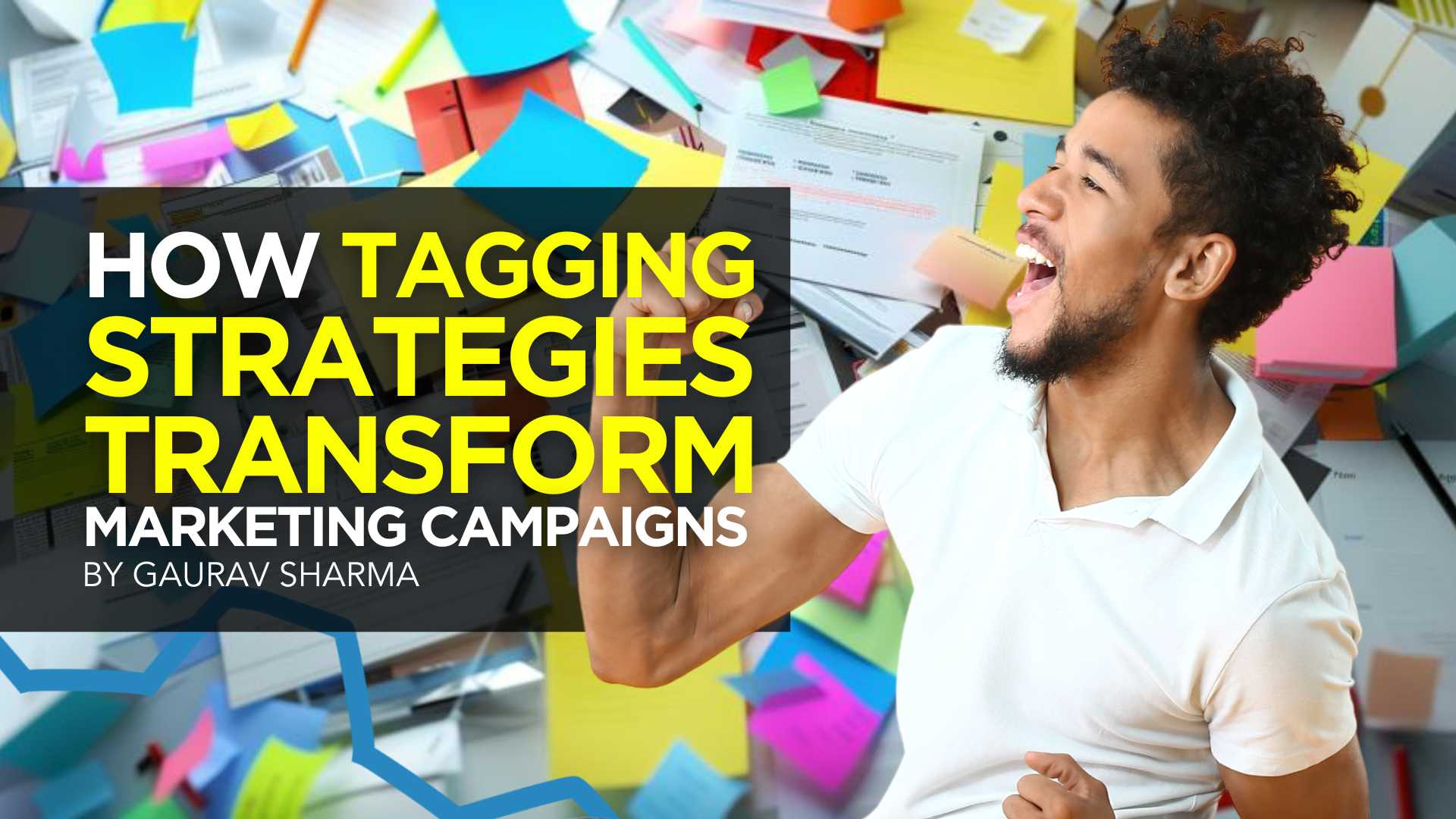

As a marketer, I understand how today’s marketing campaigns face fierce competition. With so much content and ads competing for eyeballs, creating campaigns that stand out is no easy task.
That’s where strategies like tagging come in.
It helps you categorize and optimize your marketing efforts. It also helps your campaigns cut through the noise and reach the right audience.
To help you out, I’ve compiled nine ways brands use a tagging strategy to create an impactful marketing campaign.
Let’s get to it.
How Brands Use a Tagging Strategy
Tagging involves using keywords or labels to categorize and organize content, products, or customer data. You attach tags to specific items or information to make searching, sorting, and analyzing data easier.
There are various types of tags, including meta tags, analytics tags, image tags, hashtags, blog tags, and more.
So, how do brands use a tagging strategy to make their marketing campaigns stand out?
Improve Social Media Engagement
With over 5 billion users, social media provides an easy way to connect with your audience, build relationships, and promote your offerings.
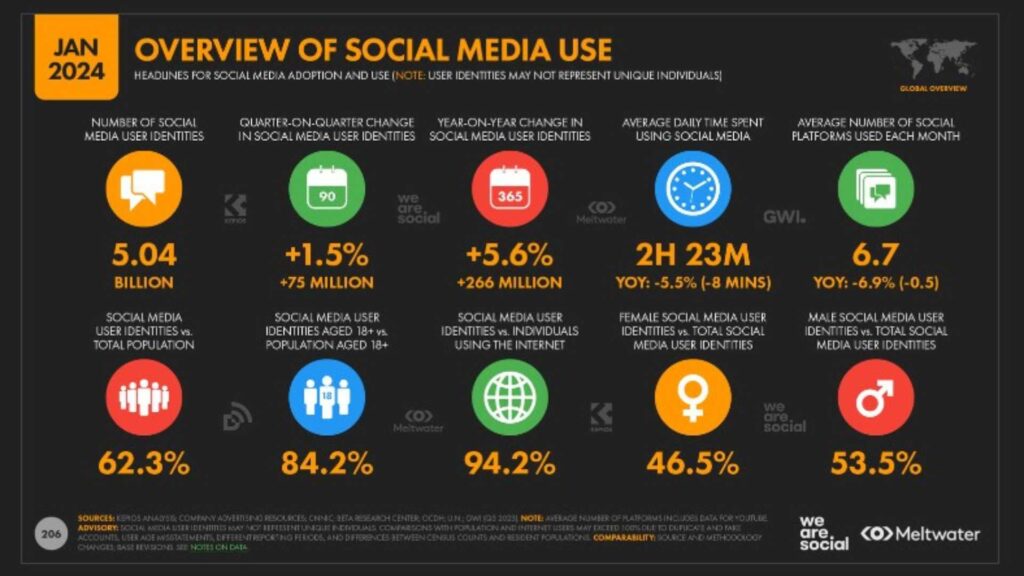

Use a tagging strategy to boost social media interactions. Consistently use hashtags that align with current trends and topics. This encourages people to interact with your content and boosts content visibility.
You can also use tags to monitor brand mentions of your products or your industry. This allows you to engage with your audience promptly.
Consider virtual social media assistants to streamline your tagging strategy. These AI-driven tools can suggest relevant hashtags, track mentions, and automate responses. Implementing them can save time and resources while ensuring consistent engagement across your socials.
Build a Personal Brand on LinkedIn
LinkedIn is the world’s largest professional networking platform, with over 1 billion members across 200 nations. It offers excellent opportunities for individuals and businesses to build and nurture their brands.
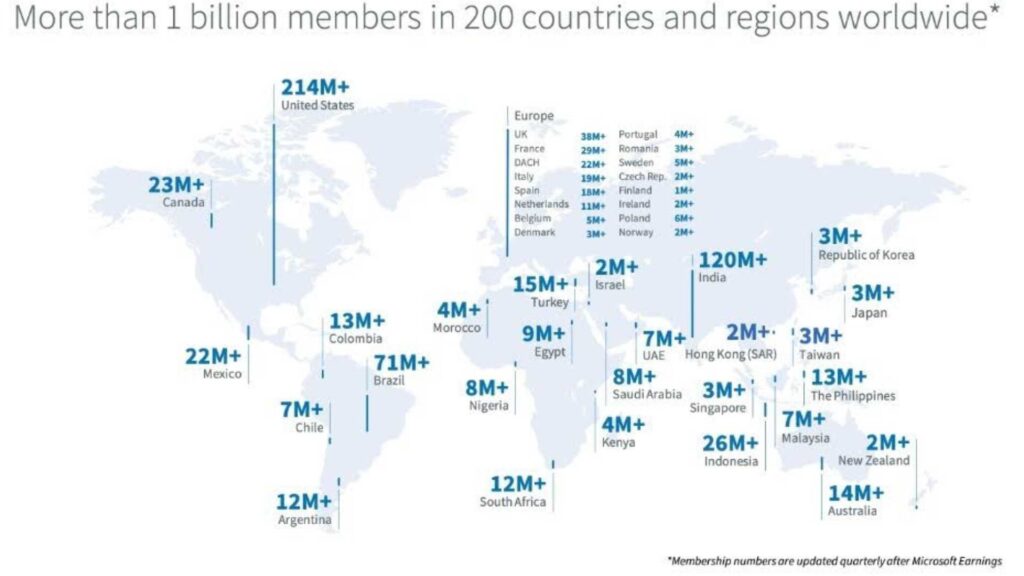

However, simply creating a professional profile isn’t enough to build a personal brand on LinkedIn.
Use various tags to increase your visibility, establish thought leadership, showcase expertise, and attract the right connections. For instance, use skill tags to showcase your expertise and industry tags to attract connections and opportunities within your industry. Use certification tags to help showcase your expertise and credibility to potential employers or clients.
Facilitate Customer Segmentation and Personalization
Personalization matters—more so in today’s data-driven world. In fact, 65% of consumers expect your brand to adapt to their changing preferences and needs.
To meet this expectation, consider using a tagging strategy.
Segment your customers based on shared characteristics, such as demographics, interests, purchase history, cart abandonment, and behavior.
Here’s a summary of the steps to customer segmentation.
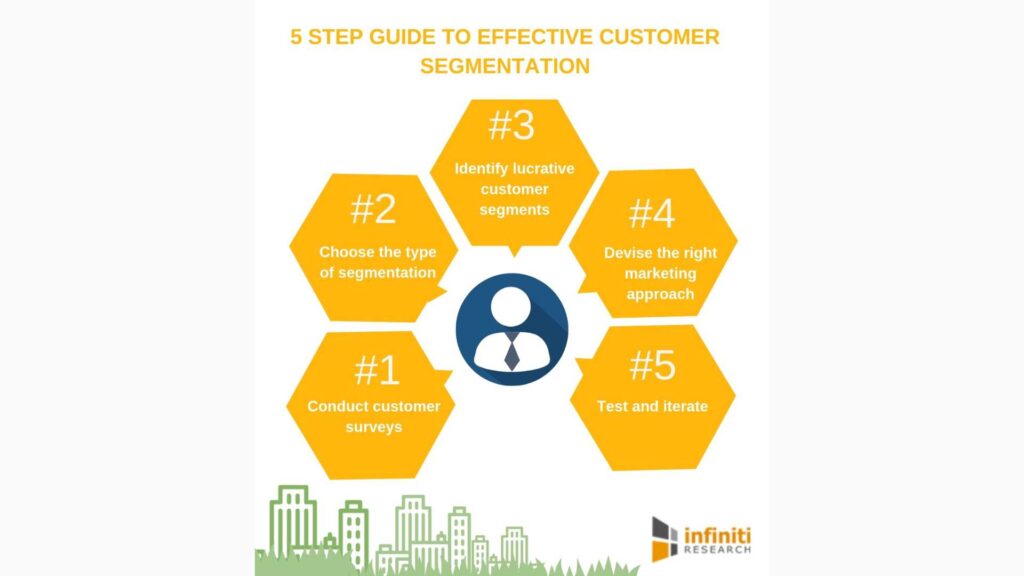

With your customer segments ready, use tags to tailor your marketing messages and offerings to specific segments. Imagine sending targeted email campaigns based on what your customers need. That’s the power of segmentation and tagging in action!
Enhance SEO and Content Discoverability
Tagging content can have a profound impact on search engine optimization (SEO) and content discoverability. When users search for specific topics or products, well-tagged content is more likely to appear in search results, driving organic traffic to your website.
Additionally, tags can help you analyze the most popular topics with your readers. Then, the results of this analysis can help you adjust your content strategies accordingly.
And get this— certain AI tools can help analyze your content and suggest relevant tags and keywords. Using these tools in addition to a tagging strategy can help optimize your SEO strategies and boost content discoverability.
Partner with the Right Influencers
Influencer marketing has become a go-to marketing approach for modern brands. Recent stats show that 85% of marketers and business owners believe influencer marketing is an effective marketing strategy.
But how do you find the perfect influencer for your campaign?
Utilize tags to identify influencers who are relevant to your niche. Beyond this, find influencers who align with your brand values and target audience.
Additionally, look for influencers who use hashtags that are relevant to your campaigns. For instance, fashion influencer Chiara Ferragni uses #adv (advertising) and #ghd (good hair day) hashtags in this campaign.


Monitor industry-specific hashtags and mentions to discover influential voices and build profitable relationships with them.
Track Hashtag Performance
Tracking your hashtag performance helps you understand your campaigns’ engagement, reach, and effectiveness.
To achieve this goal, assign special hashtags to each marketing project. This helps you see which hashtags generate the most engagement and reach, enabling you to refine your tagging strategy.
Here’s an example of a hashtag performance report for the #SuperBowl2024.
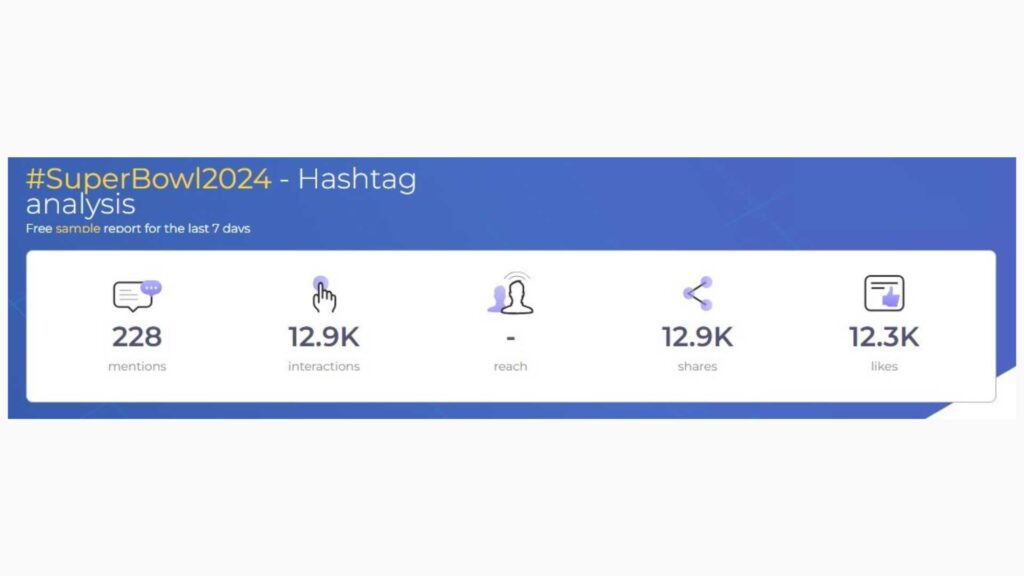

This curated list of hashtag generators by Attrock discusses the top tools for your consideration. You can analyze each and choose the one that best fits your needs.
Categorize Content Accordingly
The human attention span is shrinking. The last thing you want is for your audience to have difficulty in finding or navigating your content, get frustrated, and bounce.
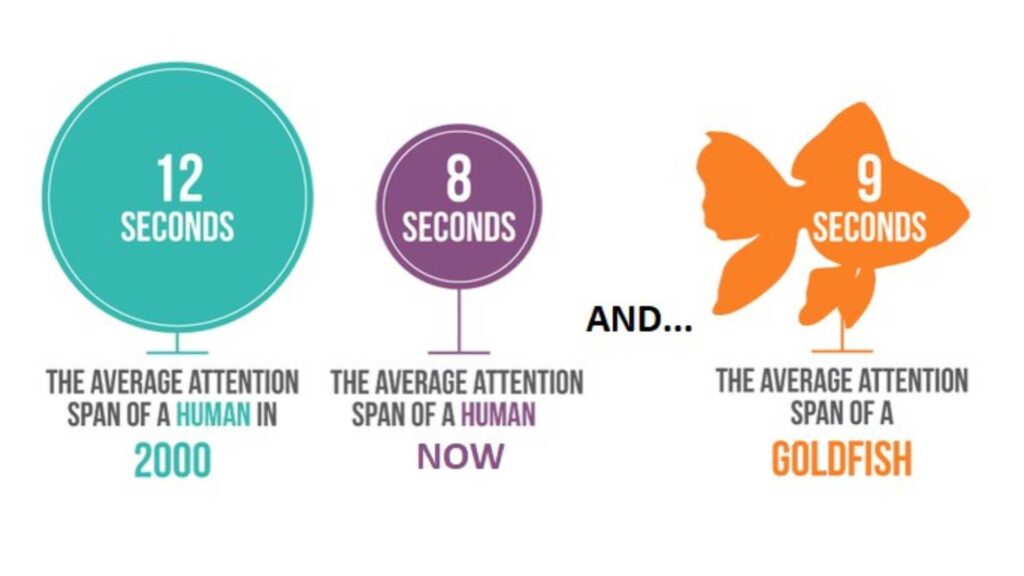

Untagged content can be difficult to navigate and manage. As any marketer knows, content is important in digital marketing campaigns.
To categorize your content, identify the main categories by topics, themes, campaigns, target audiences, or product lines. Then, assign relevant tags based on the categories you’ve identified. After that, implement a consistent tagging strategy for existing and new content.
Organizing your content using tags can also help streamline your content management workflow. Most importantly, readers can easily find the content they’re looking for, thereby boosting overall user experience, engagement, and conversions.
Boost Your Email Marketing Strategy
Email marketing remains a powerful marketing tool in today’s digital world. It’s also another area where brands use a tagging strategy to directly reach their target audience.
Use tags to segment your email list and personalize your marketing messages. Then, you can send targeted emails based on factors like purchase history, interests, and demographics.
Personalization can significantly improve open rates, CTRs, and overall engagement and conversion rates. It’s a simple yet impactful strategy to make your email marketing strategy more effective.
Plus, you can use tags to track how well your emails perform with each group. This helps you understand what content resonates best with your audience and provides insight on how to improve your emails going forward.
Enhance Analytics and Reporting
Every marketer appreciates the immense value of data. For brands using tagging strategies, tags are powerful tools for gathering valuable data.
Analyze how users interact with your tagged content. See which tags generate the most clicks, shares, conversions, and other forms of engagement. Gain insight into audience preferences and campaign effectiveness.
This granular data about your marketing efforts allow you to make data-driven decisions, allocate resources effectively, and refine your marketing strategies.
Final Thoughts
There isn’t a single correct way for brands to use a tagging strategy in marketing. You can use a tagging strategy however you see fit. However, the bottom line is that this strategy offers you a simple yet powerful way to create attention-grabbing and unique marketing campaigns.
Fortunately, tagging strategies are useful across various marketing initiatives, from social media and email marketing to SEO and more.
So, if you’re ready to elevate your marketing campaign, build a strong brand presence, and stand out among the competition, consider employing effective tagging strategies today.
-
SEARCHENGINES7 days ago
Daily Search Forum Recap: April 29, 2024
-
SEARCHENGINES6 days ago
Daily Search Forum Recap: April 30, 2024
-

 MARKETING6 days ago
MARKETING6 days agoHow To Develop a Great Creative Brief and Get On-Target Content
-

 SEO7 days ago
SEO7 days agoGoogle’s John Mueller On Website Recovery After Core Updates
-

 WORDPRESS6 days ago
WORDPRESS6 days ago13 Best Fun WordPress Plugins You’re Missing Out On
-

 SEO5 days ago
SEO5 days agoWhy Big Companies Make Bad Content
-
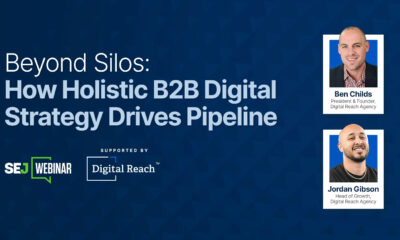
 SEO5 days ago
SEO5 days agoHow To Drive Pipeline With A Silo-Free Strategy
-

 SEO6 days ago
SEO6 days agoOpenAI To Show Content & Links In Response To Queries











You must be logged in to post a comment Login